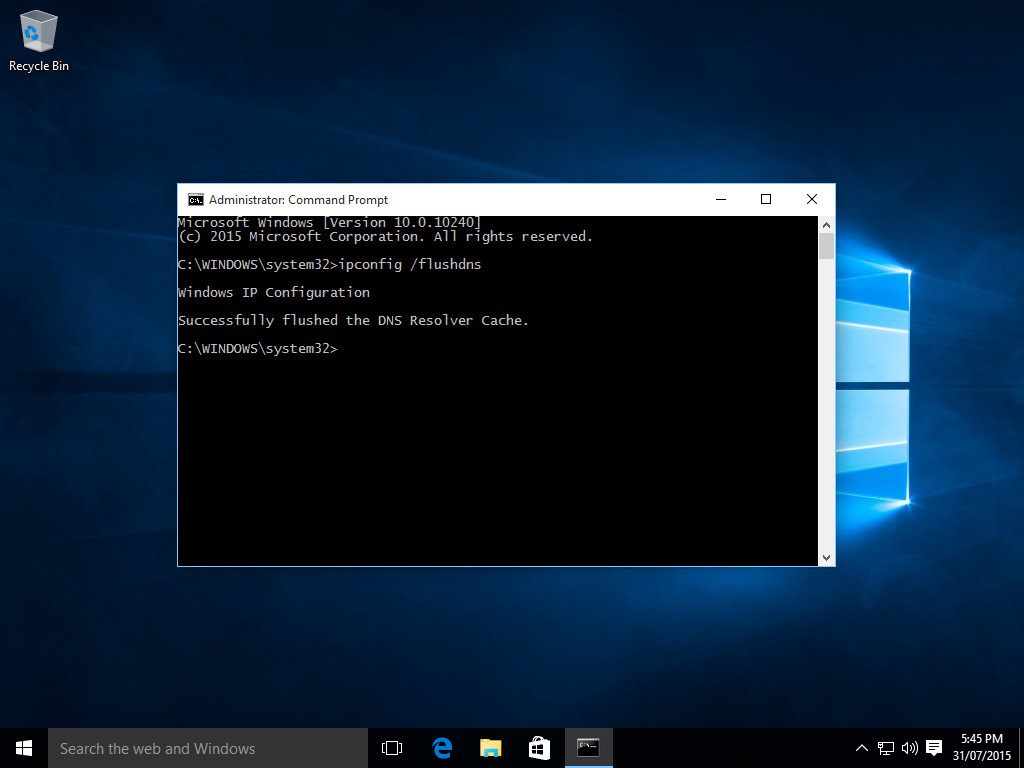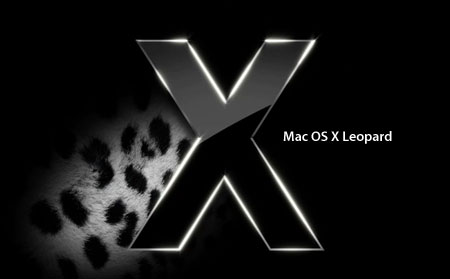Adobe Flash Player for Mac lets you access Flash content in Web sites when using browsers like OS X's Safari. The plug-in integrates seamlessly and through a preference pane, gives you control. As with all OS X upgrades, once you run the installer on your system, it disappears from your Applications folder. You can get it back by holding down the option key while clicking on the.
- Adobe Flash Player For Mac Os X Yosemite 10.10.5
- Mac Os X Yosemite Installer
- Mac Os X Yosemite Update
- Install Os X Yosemite
- Flash For Mac Os X Yosemite 10.10
One of the most awaited Operating System of 2014 i.e. Mac Yosemite is now available for use. Apple has recently released the beta version of the latest Yosemite OS with new and advanced features. Who wouldn’t like to try this latest version? Every Mac user would love it! You can easily work with and get familiar with all features of this new Yosemite that too without disturbing the already running Mac installation in simple steps. Yes! you can achieve this by just creating a bootable USB flash drive with Yosemite and then connecting it to the Mac desktop or laptop to install Yosemite from USB securely.
It’s just a few simple step procedure and within minutes you can create Yosemite bootable USB. The process involves two stages – creation of bootable USB flash drive and then installation procedure. Below is the complete step-by-step procedure to achieve this, just read on…
Stage 1: Create Bootable USB Flash Drive
- First connect your USB drive to the Mac computer and launch Disk Utility tool. Now select drive indicating USB flash drive (select the USB drive you want to make the bootable installer) from the available drives list
- Then just click on the “Erase” tab and format the drive as “Mac OS Extended (Journaled)”
- Then just click on “Erase” and confirm the selection
- Go to “Partition” tab and under ‘Partition Layout’ section click on the pull-down menu and change the layout to “1 Partition” from “Current”
- Change the partition name from “Untitled 1” to “Untitled” and then click on “Options” button
- Choose the partition scheme as “GUID Partition Table” and select “OK”
- Once done click on “Apply” to confirm the creation of the partition
- After the partition is successfully created download the Macintosh OS X 10.10 Yosemite installer from Mac App Store, once done quit the installer and set the downloaded file's name to Install OS X Yosemite app.
After completion, launch the Terminal app (located in Applications/Utilities) and type or copy - paste the following command, and then hit Enter:
sudo /Applications/Install OS X Yosemite.app/Contents/Resources/createinstallmedia --volume /Volumes/Untitled --applicationpath /Applications/Install OS X Yosemite.app –nointeraction
Once done Quit the Disk Utility; With this your OS X Yosemite bootable USB flash drive will be ready for use and you can start the clean installation process.
Stage 2: Clean Install OS X Yosemite on Your Mac
- Now, connect the bootable USB flash drive into your Mac and restart the computer, once the start-up chime plays, just press the Option key (Alt).
- On the start-up drive selection screen choose the USB drive and hit Enter / Return on the keyboard.
- The process might take few minutes, just wait until the Yosemite installer appears on screen
- Once it appears, click on Disk Utility and then hit Continue.
- From the left hand-side pane of the Mac, find and click on Macintosh HD and then on the top-right portion hit Erase tab. Select default values for all options and then hit Erase button at the bottom right; by doing this all files stored on the startup hard drive will be wiped off.
- After completion of the erasing process just return to the first screen and click on Install OS X and then hit Continue.
- Now, select the Macintosh HD partition that was erased in step 5 and then click Install
By following all the above steps correctly, your computer will now boot into the newly installed OS X Yosemite, and you could just enjoy all its stunning new UI and advanced features. However, before performing the process make sure you have proper data backup, as there are chances of losing your data due to interruption or by selecting improper option. In such cases Remo Recover software could help you to perform Mac lost data recovery in just few minutes.
Working with ESP8266 and NodeMCU can be very easy, or very challenging! I’ve been fortunate to have good luck but I’ve fielded may questions from people that have been having trouble.
If you are on a Mac (or Linux), unfortunately there are not as many GUI options as there are on Windows. There is however one solid option that has been my go to method.

Setting up the software environment
First things first, think about the hardware, it is important to know what UART interface that you plan to program with. I’m a FTDI guy, I’ve always had good luck with the parts, they might no be the cheapest but I’ve found that they keep there drivers up to date, and overall have great quality. (no comments on FTDI Gate)
ALWAYS be sure to update your drivers. Especially on Yosemite because Apple’s default is to use their own version of libftdi instead of the official FTDI VCP drivers. This for certain does not work with the FT232X series parts.
You may download the FTDI VCP drivers here and install them:

Other drivers that might be useful if you are not using FTDI are:
SiLabs
Prolific
Be advised that some low cost boards (including the official NodeMCU dev board) use a very cheap USB to UART chip, the driver can be found here:
Adobe Flash Player For Mac Os X Yosemite 10.10.5
Once you know that your UART is working, now it is time to install esptool.py
You may download esptool here:
Once downloaded, create a folder and place esptool.py inside
open the terminal application and navigate to this folder using cd
You will also need to download the latest NodeMCU firmware binary from here:
There are two options for NodeMCU builds, one which includes floating point and one that does not. I highly recommend the binary without floating point because it does not leave much memory space for running code.
After download, place this bin file in the same folder.
Dc for mac os. Working with Adobe Acrobat Reader DC for Mac is easy, as it has some very cool tools to work with. With a modern, tabbed viewing interface that allows you to view multiple documents from within the same window, and apps and tools that can enhance viewing, revising and annotating documents, you are sure to improve your workflow. Adobe Acrobat Reader DC for Mac. Free Adobe Systems Mac OS X 10.10/10.6/10.7/10.8/10.9 Version 2019.010.20099 Full Specs. (PDF) files on a variety of hardware and operating system platforms. You need Mac OS X 10.9 or later to run Acrobat Reader DC. If your operating system is older, you can install an earlier version of Reader. For step-by-step. ShakesPeer is an Open Source Direct Connect client for Mac OS X. Direct Connect is a popular filesharing network. Not an alternative? Report a problem. Suggest a better alternative. Add comment Leave a comment. Related alternatives. Strong DC for Mac. StrongDC by Big Muscle, KohlSoft® Corporation is a popular open source file sharing. DC Universe Online by Sony Online Entertainment LLC. Is a very popular MMORPG (Massively multiplayer online role-playing game) game based on characters from DC comics designed for PC and PlayStation consoles. Even though DC Universe Online for Mac is not available, there are lots of other MMORPG games that you can play on your Mac system.
esptool is written in python, as such it requires a working python environment. Luckily, OS X comes with Python pre-installed. pySerial is one dependency is not included but can be easily added using PIP.
You may install pySerial with the following command
Preparing the ESP8266
Mac Os X Yosemite Installer
ESP8266 has a built in UART boot loader that is used to program new binaries. The boot loader is entered if GPIO0 is tied to GND when ESP8266 comes out of reset or is powered on. Most modules either have a push button or a pad where a wire my be soldered to. Use this pin/pad or button to tie GPIO0 to ground and power on the module.
Microsoft office 2020 crack latest version full. free download.Microsoft office 2019 for macos is a complete set of various programs that empower you create rich media documents spreadsheets and presentations etc. It was then written for many other operating systems including ibm apple etc. The first version of ms office released in 1983. Microsoft office mac download for free.
CH_PD must be tied to VCC to be functional, this is equivalent to 'Chip Power Down”.
Some ESP8266 modules including ESP-03 also require GPIO15 to be tied to ground at all times for proper function.
Flashing
With the software environment setup and the ESP8266 in bootloader mode, its time to finish the flashing process.
Mac Os X Yosemite Update
You will need to find the path to the UART. In OS X these are typically in the /dev/ path and typically begin with “tty.”. List these paths with:
ls /dev/tty.*
For FTDI based chips it is typically “tty.usbserial-xxxxxxxx”, find the correct path for your UART and copy it to the clip board.
Install Os X Yosemite
The final step is to program the chip. To do this, use the following command to flash. Be sure to replace “/dev/tty.usbserial-FTSMF90L” with the path to your UART and “nodemcu_integer_0.9.6-dev_20150406.bin” with the name of the firmware file that you wish to download.
Enter your password for Sudo and with some luck, you’ll see a message that looks something like this:
Flash For Mac Os X Yosemite 10.10
There you have it, any questions on this process, the ESP8266 forum is a great resource. How to Flash NodeMCU on Mac OS X Yosemite
